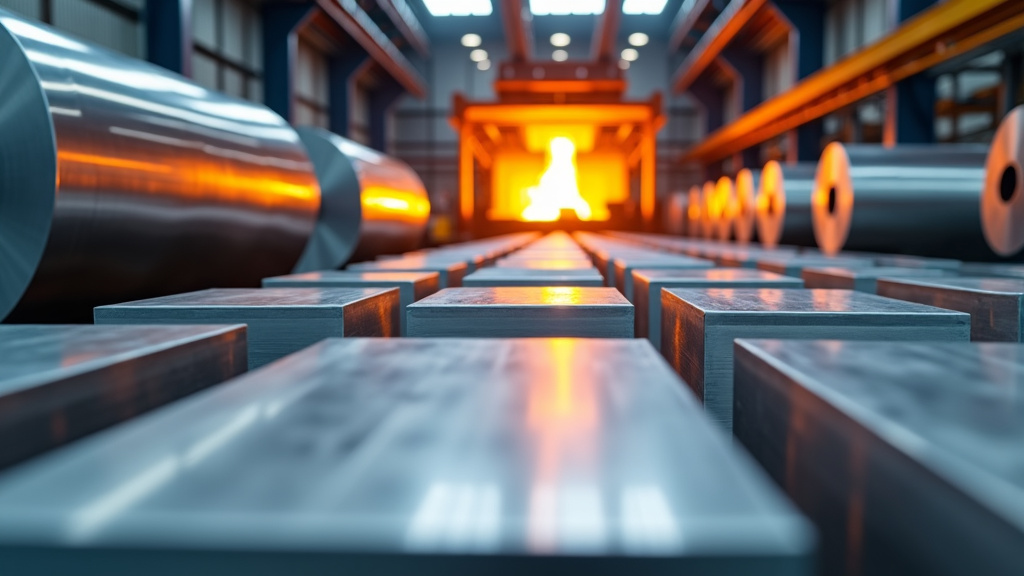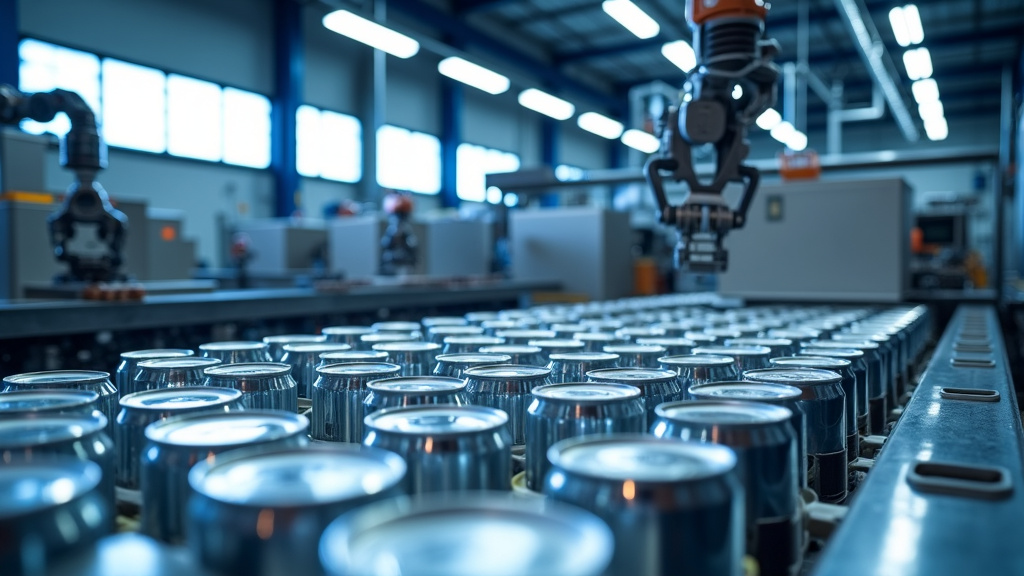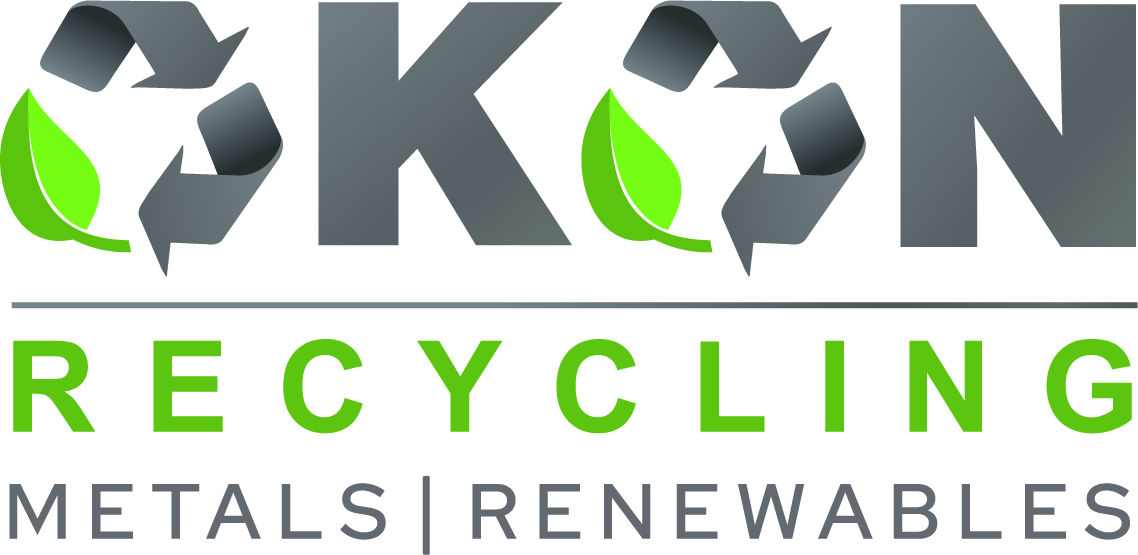5901 Botham Jean Blvd, Dallas, TX 75215
Exploring Aluminum Prices: How Much is Aluminum Per Pound?
April 12, 2025Have you ever wondered how much your old soda cans or discarded aluminum foil might be worth? The question of ‘how much is aluminum per pound’ is more complex than you might think, with prices fluctuating based on a variety of factors. Whether you’re a casual recycler or considering aluminum as an investment, understanding these price dynamics can help you make informed decisions.
Aluminum, the versatile metal that surrounds us in countless everyday items, has a value that’s constantly in flux. As of early 2025, the price of aluminum hovers around $2,573 per metric ton, which translates to roughly $1.17 per pound.
However, this figure represents the commodity price for pure aluminum – what you might get for your recyclables can differ significantly.
Current Market Rates for Aluminum

The aluminum market has seen significant fluctuations in recent years, with prices generally ranging from $0.20 to $0.80 per pound. This wide range reflects the dynamic nature of the industry and the various factors that influence aluminum’s value. To truly understand what you can expect when recycling aluminum, it’s crucial to examine current market rates and how they compare to historical trends.
As of early 2025, the global aluminum market is experiencing a period of relative stability, with prices hovering around $1.20 per pound on average. This represents a notable increase from the previous year, largely driven by growing demand in sectors such as construction, automotive, and renewable energy. However, it’s important to note that these rates can vary significantly depending on the type and quality of aluminum being traded.
To give you a clearer picture of the current market, let’s break down the price ranges for different types of aluminum:
- Clean, pure aluminum (e.g., aluminum cans): $0.50 – $0.70 per pound
- Cast aluminum (e.g., car parts): $0.40 – $0.60 per pound
- Extruded aluminum: $0.55 – $0.75 per pound
- Aluminum wire: $0.60 – $0.80 per pound
- Dirty or contaminated aluminum: $0.20 – $0.40 per pound
These price ranges reflect the current market conditions, but it’s essential to understand that aluminum prices are influenced by a complex interplay of global economic factors. For instance, the ongoing shift towards electric vehicles has significantly boosted demand for lightweight materials like aluminum, contributing to the recent price increases.
Historically, aluminum prices have shown considerable volatility. In March 2022, prices reached an all-time high of over $1.86 per pound, driven by supply chain disruptions and geopolitical tensions. Conversely, during the global financial crisis of 2008-2009, prices plummeted to around $0.60 per pound. Understanding these historical trends can help recyclers and industry participants better navigate market fluctuations.
Several key factors continue to shape the aluminum market:
- Global economic growth: As economies expand, demand for aluminum typically increases, driving up prices.
- Energy costs: Aluminum production is energy-intensive, so fluctuations in energy prices directly impact aluminum costs.
- Environmental regulations: Stricter emissions standards can increase production costs, potentially affecting market rates.
- Technological advancements: Innovations in recycling and production methods can influence supply and pricing.
- Geopolitical events: Trade policies, tariffs, and international conflicts can cause sudden shifts in the market.
For those looking to recycle aluminum, it’s worth noting that while market rates provide a general guideline, local recycling centers may offer different prices based on their specific circumstances and operating costs. Additionally, the Environmental Protection Agency reports that recycling aluminum requires only about 5% of the energy needed to produce new aluminum from raw materials, making it an environmentally beneficial and cost-effective process regardless of minor market fluctuations.
Factors Affecting Aluminum Prices

Global demand stands as a primary force shaping aluminum prices. As economies grow and industries expand, the need for this versatile metal increases. Construction, automotive, and aerospace sectors are particularly influential in driving demand fluctuations.
Production costs significantly impact aluminum pricing. Energy expenses, raw material availability, and labor costs all factor into the equation. Aluminum production is energy-intensive, making electricity prices a crucial component of overall costs.
Market Dynamics and Economic Factors
Supply and demand imbalances play a crucial role in price determination. When production outpaces demand, prices tend to fall. Conversely, supply shortages can lead to price spikes, affecting both producers and consumers.
Economic indicators such as GDP growth, industrial output, and consumer spending patterns influence aluminum demand. A robust economy often correlates with increased aluminum consumption across various sectors.
Currency exchange rates also impact aluminum prices, as the metal is typically traded in US dollars. Fluctuations in currency values can affect the purchasing power of buyers and the profitability of producers.
Technological advancements in production methods can influence costs and, subsequently, prices. Innovations that improve efficiency or reduce energy consumption can lead to more competitive pricing in the market.
Geopolitical events and trade policies have far-reaching effects on aluminum prices. Tariffs, sanctions, or political instability in key producing regions can disrupt supply chains and cause price volatility.
Environmental and Sustainability Considerations
Environmental regulations and sustainability initiatives are increasingly impacting aluminum production and pricing. Stricter emissions standards can increase production costs, while recycling efforts can affect supply dynamics.
The push for sustainable practices in aluminum production is influencing market trends. Companies investing in green technologies may face higher short-term costs but could gain long-term advantages.
Recycling rates play a significant role in aluminum supply and pricing. Higher recycling rates can reduce reliance on primary production, potentially stabilizing prices and reducing environmental impact.
Climate change and extreme weather events can disrupt aluminum production and transportation, leading to supply uncertainties and price fluctuations. These factors are becoming increasingly relevant in price forecasting.
Consumer preferences for sustainable products are driving demand for recycled aluminum, potentially influencing pricing dynamics between primary and secondary aluminum markets.
Global Market Trends and Future Outlook
Emerging markets, particularly in Asia, are significantly influencing global aluminum demand and prices. The rapid industrialization and urbanization in these regions are key factors to watch.
Innovations in aluminum alloys and new applications in industries like electric vehicles and renewable energy are shaping future demand patterns. These developments could have long-term impacts on pricing trends.
The shift towards a circular economy model is gaining traction in the aluminum industry. This approach emphasizes recycling and resource efficiency, potentially altering traditional supply-demand dynamics.
Long-term contracts and hedging strategies employed by major producers and consumers can influence price stability. Understanding these market mechanisms is crucial for predicting price movements. [[artifact_table]] Summary of factors affecting aluminum prices and their impact [[/artifact_table]]
Global economic policies, such as stimulus measures or austerity programs, can indirectly affect aluminum prices by impacting overall economic activity and industrial output.
Types of Aluminum and Their Values

Aluminum, a versatile metal prized for its lightweight properties and corrosion resistance, comes in various grades and forms. Each type carries a unique recycling value, determined by its purity and composition. Understanding these differences can help you maximize returns when recycling aluminum scrap.
Let’s dive into the world of aluminum recycling and explore how different types stack up in terms of value. From everyday items like beverage cans to specialized industrial components, we’ll uncover what makes certain aluminum grades more valuable than others.
Common Types of Aluminum Scrap
Aluminum scrap comes in many forms, each with its own recycling potential. The most familiar type is the ubiquitous aluminum can, found in households worldwide. However, the aluminum recycling market extends far beyond just beverage containers.
Sheet aluminum, often used in construction and manufacturing, represents another significant category. This includes materials from old appliances, siding, and even gutters. Cast aluminum, commonly found in automotive parts like engine blocks, also holds substantial value in the recycling market.
Extruded aluminum, used in window frames and other structural components, rounds out the list of major aluminum scrap types. Each of these categories has its own unique characteristics that influence its recycling value.
Purity and Composition: Key Factors in Recycling Value
The purity of aluminum scrap plays a crucial role in determining its worth. Higher purity levels generally translate to higher recycling values. This is because pure aluminum requires less processing to be reused, making it more cost-effective for recyclers.
Composition also significantly impacts an aluminum item’s recycling value. Different aluminum alloys contain varying amounts of other metals, which can affect the recycling process. For instance, some alloys may require additional steps to separate the aluminum from other elements, potentially lowering their overall value.
Aluminum cans, despite their ubiquity, often command lower prices due to their thin structure and the presence of paint and other coatings. In contrast, clean, uncontaminated sheet aluminum or cast aluminum parts from industrial sources may fetch higher prices due to their purity and ease of processing.
Grading System for Aluminum Scrap
The aluminum recycling industry uses a standardized grading system to categorize different types of scrap. This system helps buyers and sellers communicate effectively about the quality and composition of aluminum materials.
Grades range from high-purity scrap, often designated as “clean” or “new” scrap, to lower-grade materials that may contain contaminants or mixed alloys. For example, clean aluminum wire or new sheet clippings typically command higher prices than mixed aluminum scrap from demolished buildings.
Understanding these grades can help recyclers and scrap metal collectors maximize their returns. It’s often worthwhile to sort aluminum scrap by grade before selling, as this can lead to better prices for higher-quality materials.
Market Fluctuations and Economic Factors
It’s important to note that the value of recycled aluminum isn’t static. Like many commodities, aluminum prices fluctuate based on market conditions, global supply and demand, and economic factors. These fluctuations can significantly impact the prices offered for different types of aluminum scrap.
For instance, during periods of high demand in the manufacturing sector, prices for all grades of aluminum scrap may rise. Conversely, economic downturns or oversupply situations can lead to lower prices across the board.
Additionally, factors such as transportation costs and local market conditions can affect the prices offered by different recycling facilities. It’s always a good idea to check with multiple buyers to ensure you’re getting the best value for your aluminum scrap.
Maximizing Value in Aluminum Recycling
To get the most value from aluminum recycling, consider these tips:
- Sort your aluminum scrap by type and grade when possible
- Remove non-aluminum components like rubber or plastic before recycling
- Stay informed about current market prices for different grades of aluminum
- Consider partnering with a reputable recycling facility that offers fair prices
- For large quantities, explore direct sales to manufacturers or specialized recyclers
By understanding the different types of aluminum and their relative values, you can make more informed decisions about recycling. Whether you’re a homeowner with a few cans or a business with industrial scrap, knowing the ins and outs of aluminum grades and purity can help you maximize the benefits of recycling this versatile metal.
The Future of Aluminum Recycling: Trends and Predictions

Market predictions suggest that as recycling technologies improve and more aluminum is reclaimed from end-of-life products, the supply of recycled aluminum will increase. This could potentially stabilize or even lower prices for recycled aluminum in the long term, making it an even more attractive option for manufacturers.
However, the growing demand from expanding applications in electric vehicles and sustainable packaging may counterbalance this effect.
The future of aluminum recycling also hinges on evolving regulatory frameworks. Many governments are implementing stricter recycling mandates and extended producer responsibility programs, which are likely to boost recycling rates and investment in recycling infrastructure. These policy changes could significantly influence the economics of aluminum recycling and impact market dynamics.
For expert guidance and sustainable recycling solutions, contact Okon Recycling at 214-717-4083.
